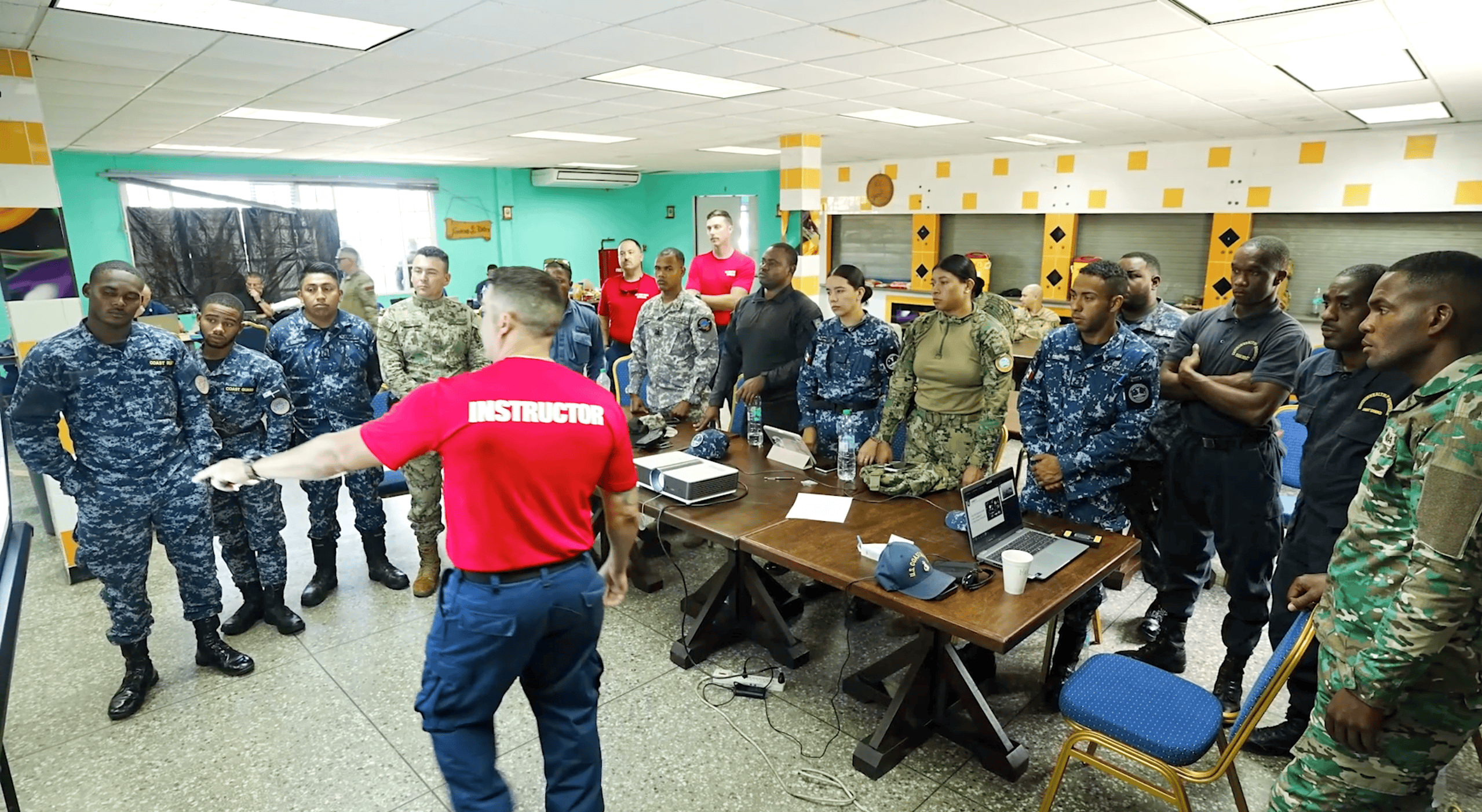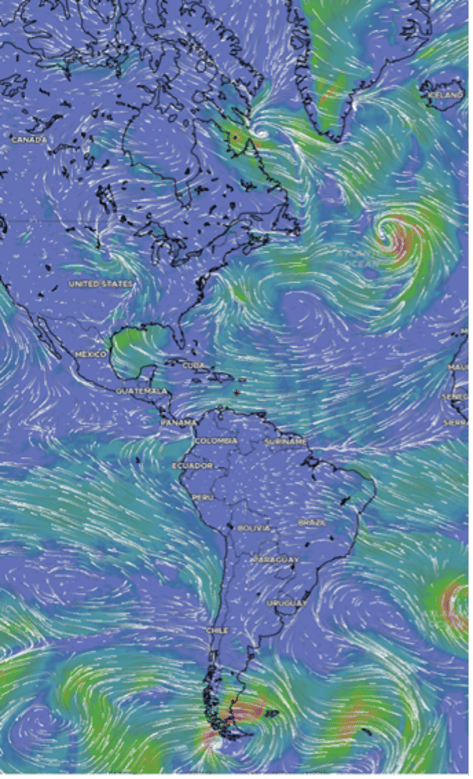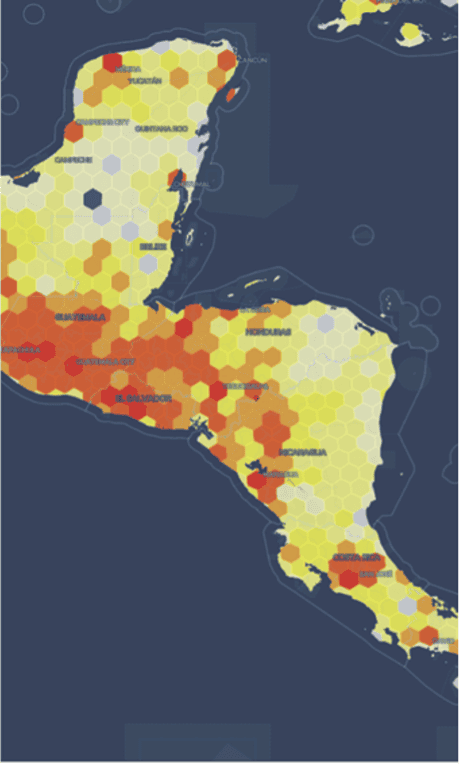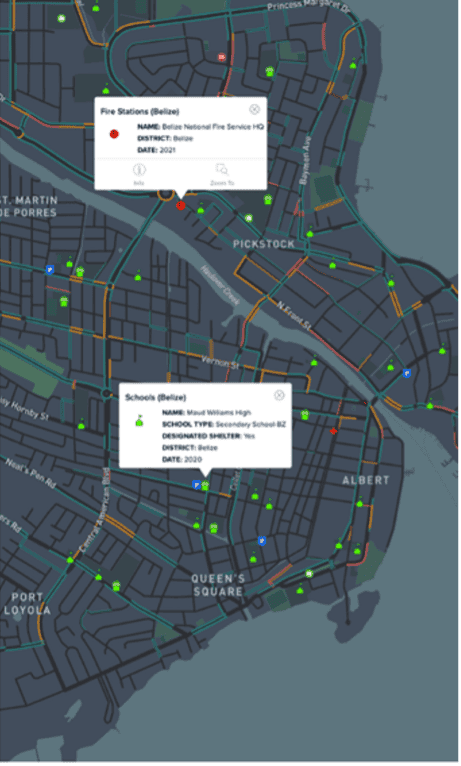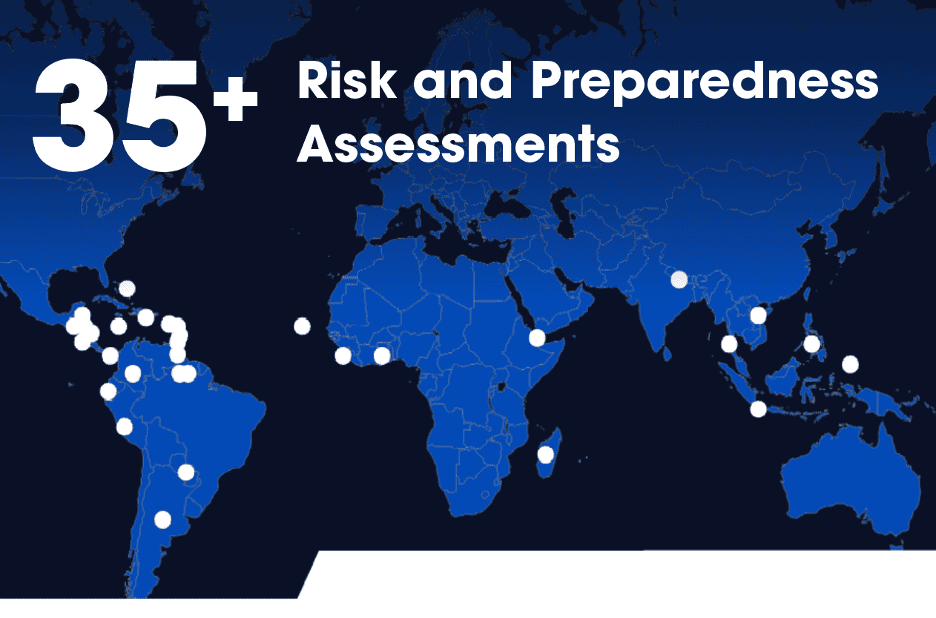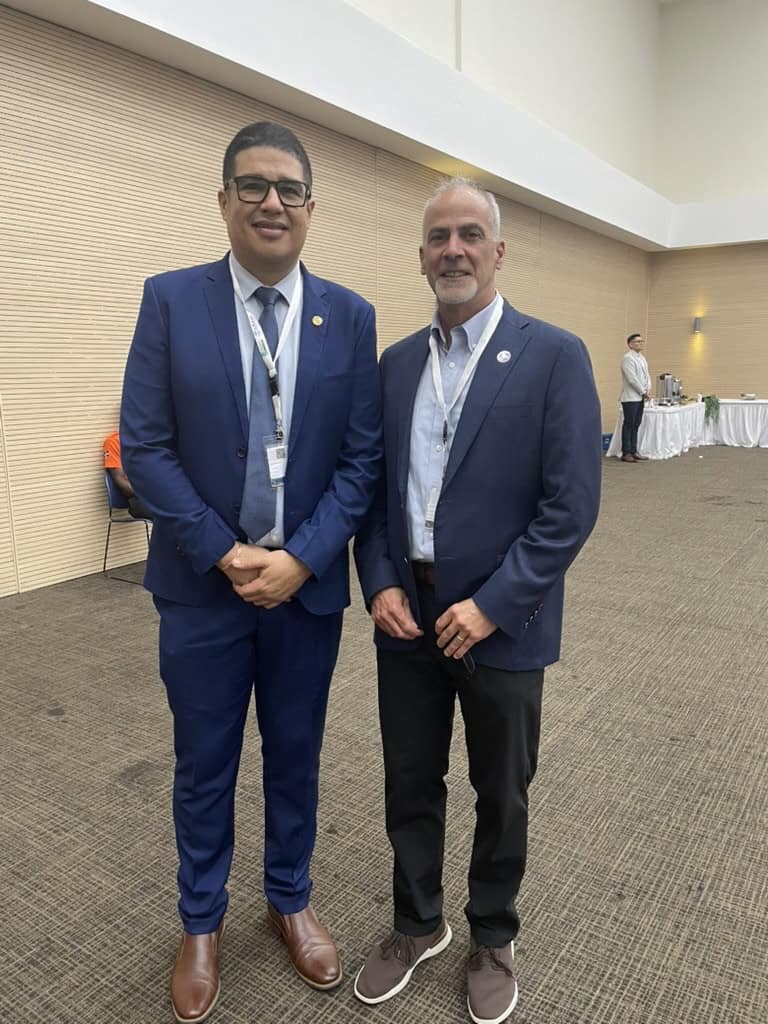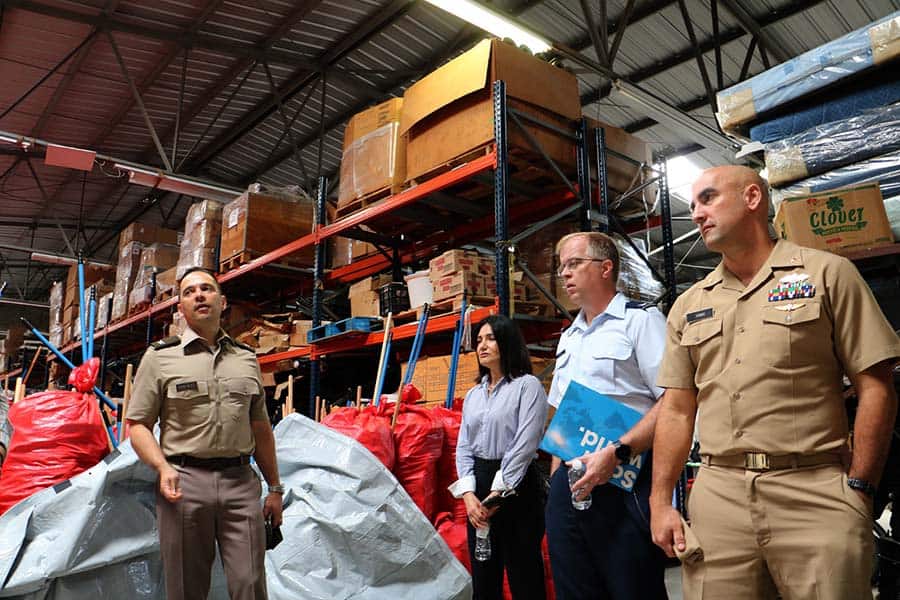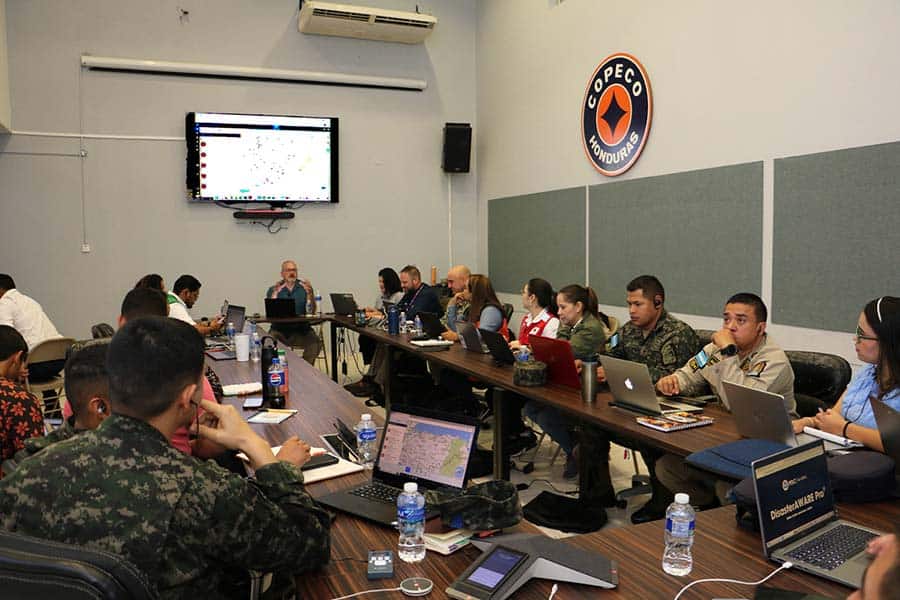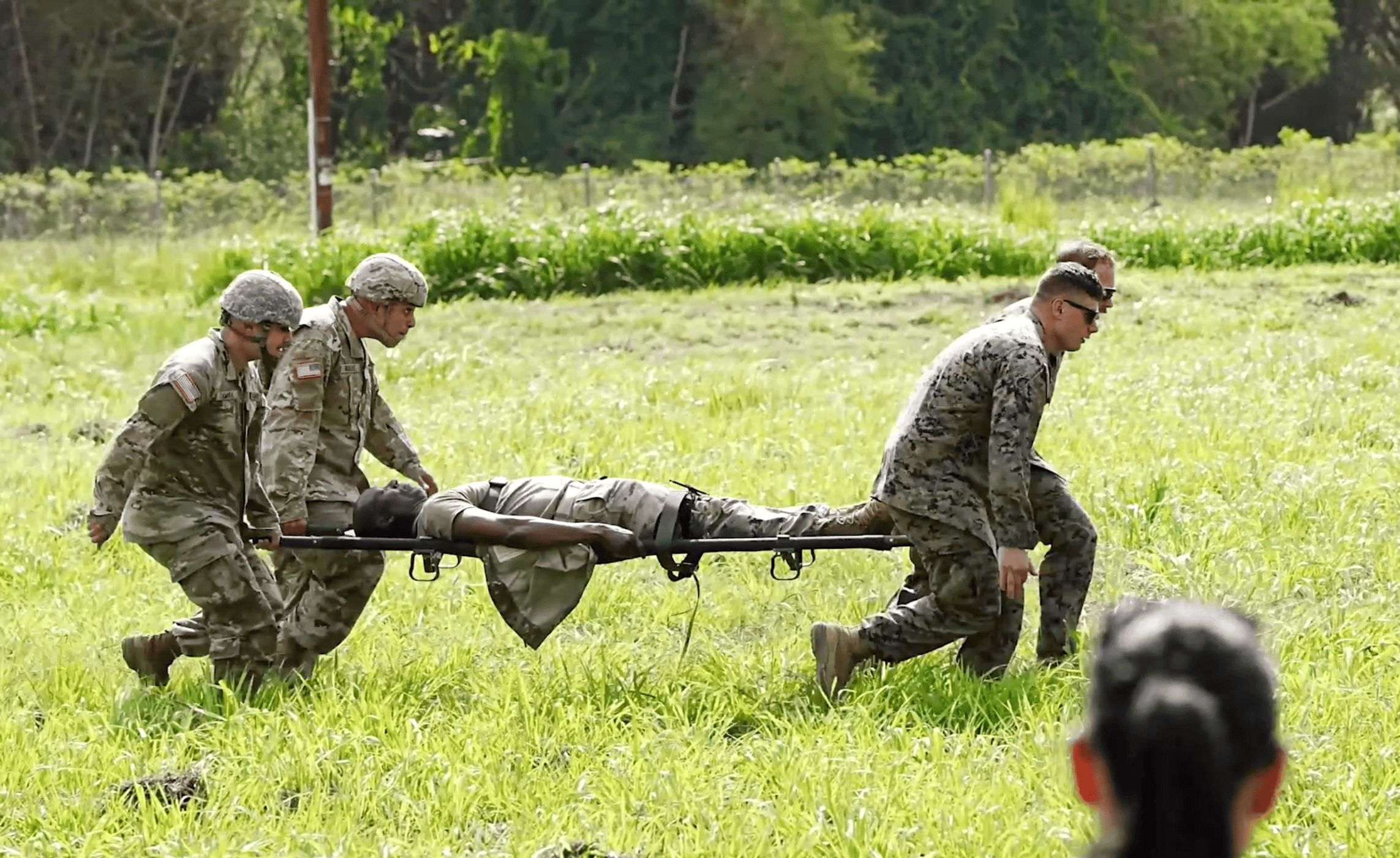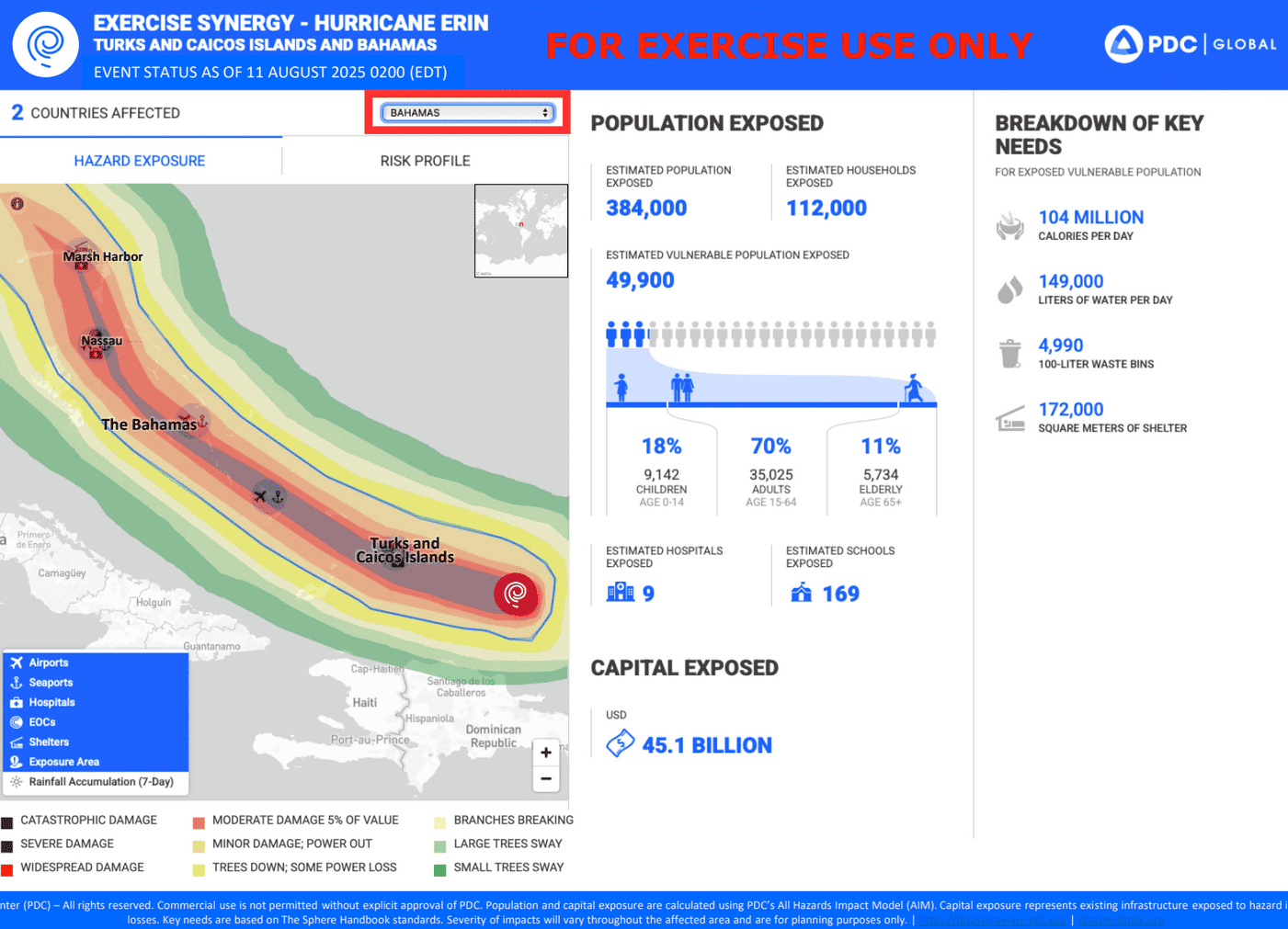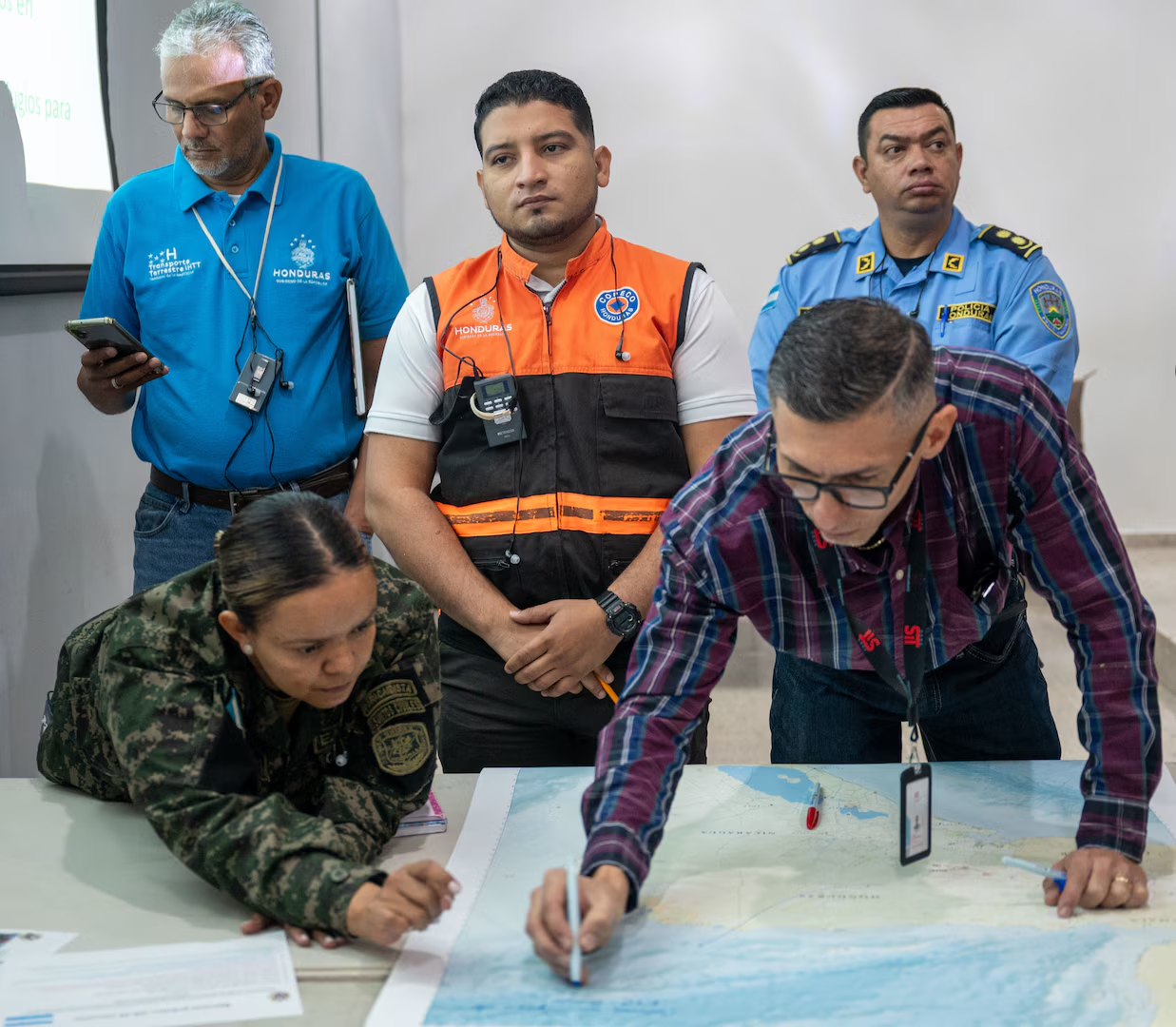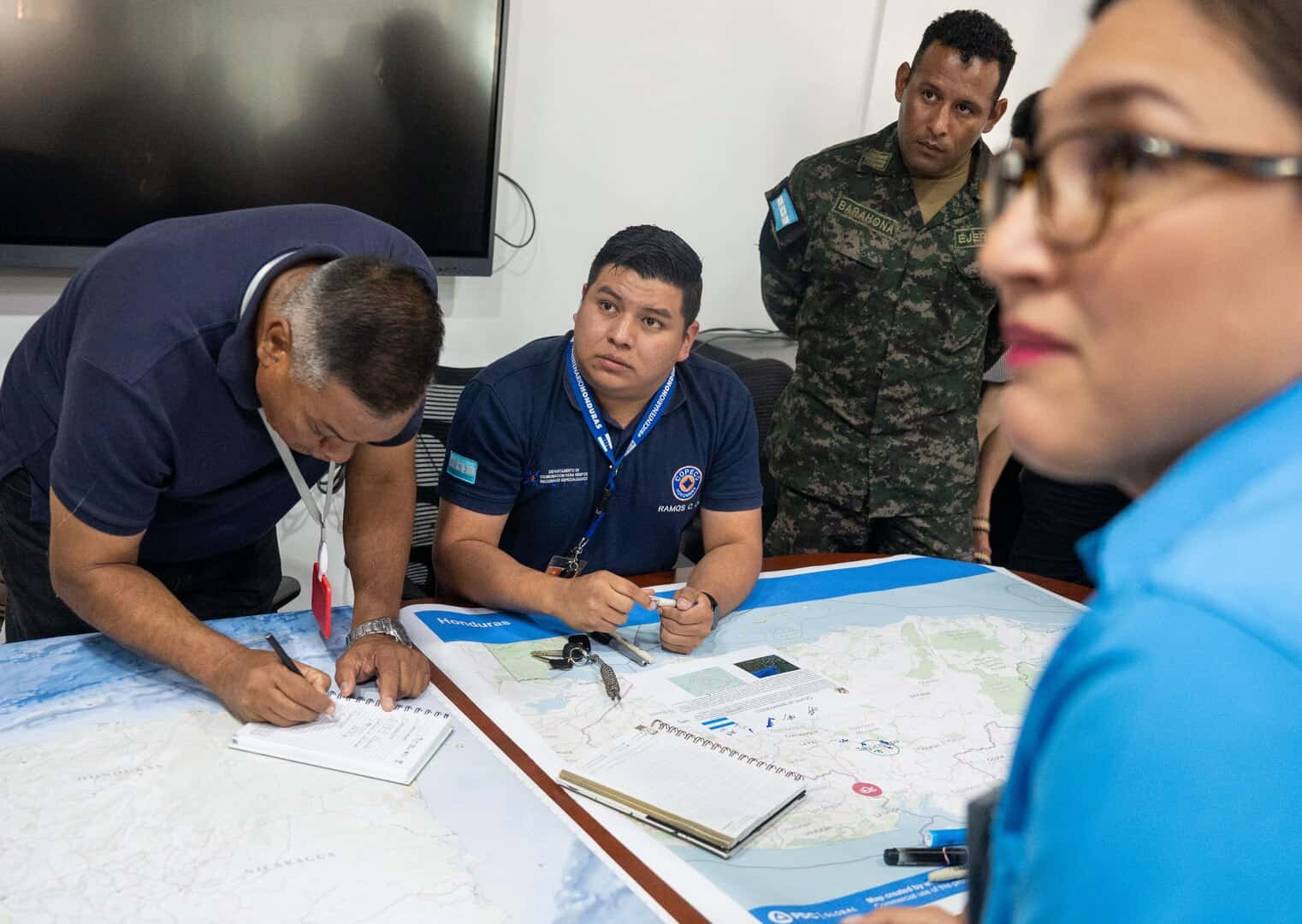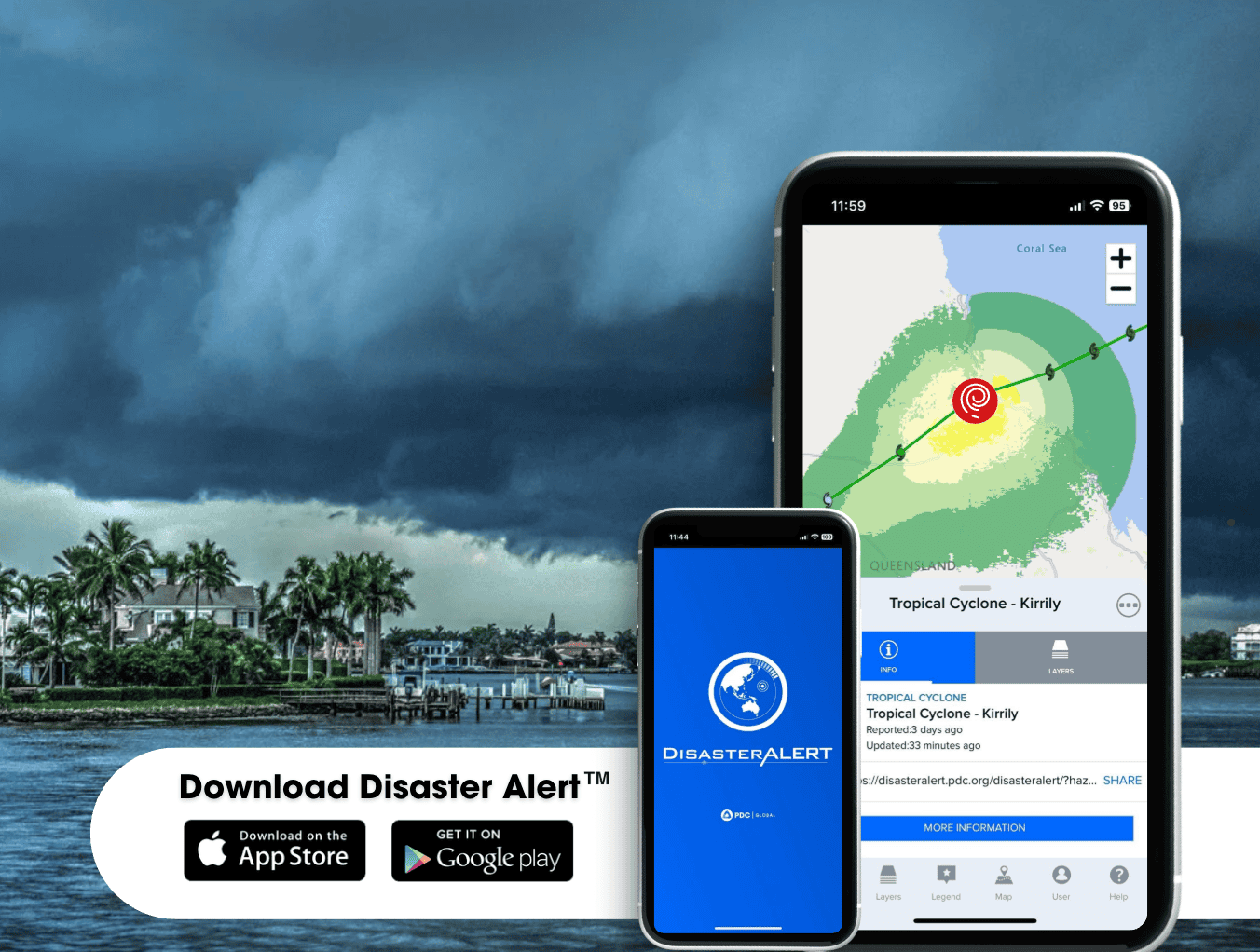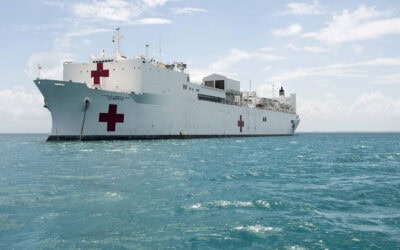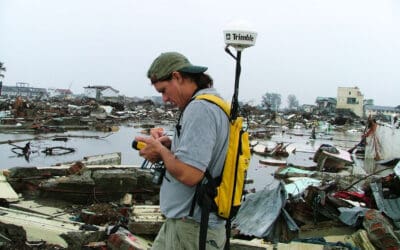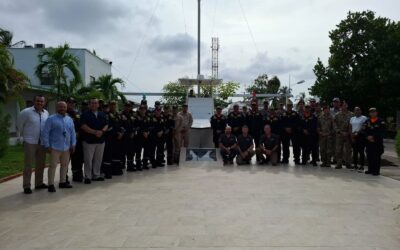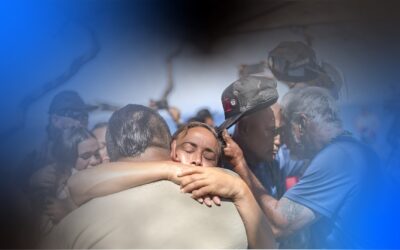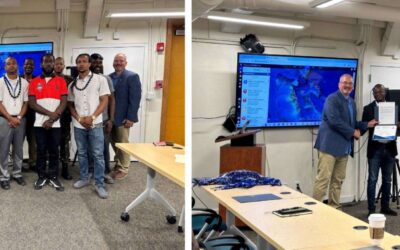The Caribbean
As one of the most heavily affected regions in the world for tropical cyclone losses year after year, the Caribbean has also been ramping up preparations for the 2025 Atlantic hurricane season, which is forecast to be above-normal with 13-19 named storms forecast. Approximately six to ten named storms are anticipated to become hurricanes an estimate three to five will become major hurricanes (Category 3 or higher). NOAA has a 70% confidence in these estimates.
In preparation for these anticipated events and the particularly devastating impacts they have on small island nations, PDC is supporting efforts throughout the region to build resilience, playing a key role in the Caribbean Disaster Emergency Management Agency (CDEMA)’s Exercise Synergy, held virtually in partnership with U.S. Southern Command (USSOUTHCOM) and multiple regional stakeholders on April 14, 2025.
The exercise, which simulated a Category 4 hurricane impacting Turks and Caicos and The Bahamas, focused on improving processes in logistics, communications, and regional mutual aid agreements in preparation for the upcoming hurricane season. Over 20 international organizations participated, including UNOCHA, WFP, U.S. agencies, and public-private partners. PDC advanced science and technical support included:
• Decision-support products
• Risk and vulnerability assessments
• Infrastructure impact analytics
Tradewinds 25
Further strengthening regional security and response readiness ahead of hurricane season, PDC supported the 40th iteration of exercise TRADEWINDS 25 (April 26–May 8), which united 26 nations in promoting security and cooperation across the Western Hemisphere. DisasterAWARE served as the Common Operating Picture (COP), enhancing collaboration between civilian and military partners and aligning tools and procedures currently leveraged by National Disaster Management Organizations (NDMOs).
